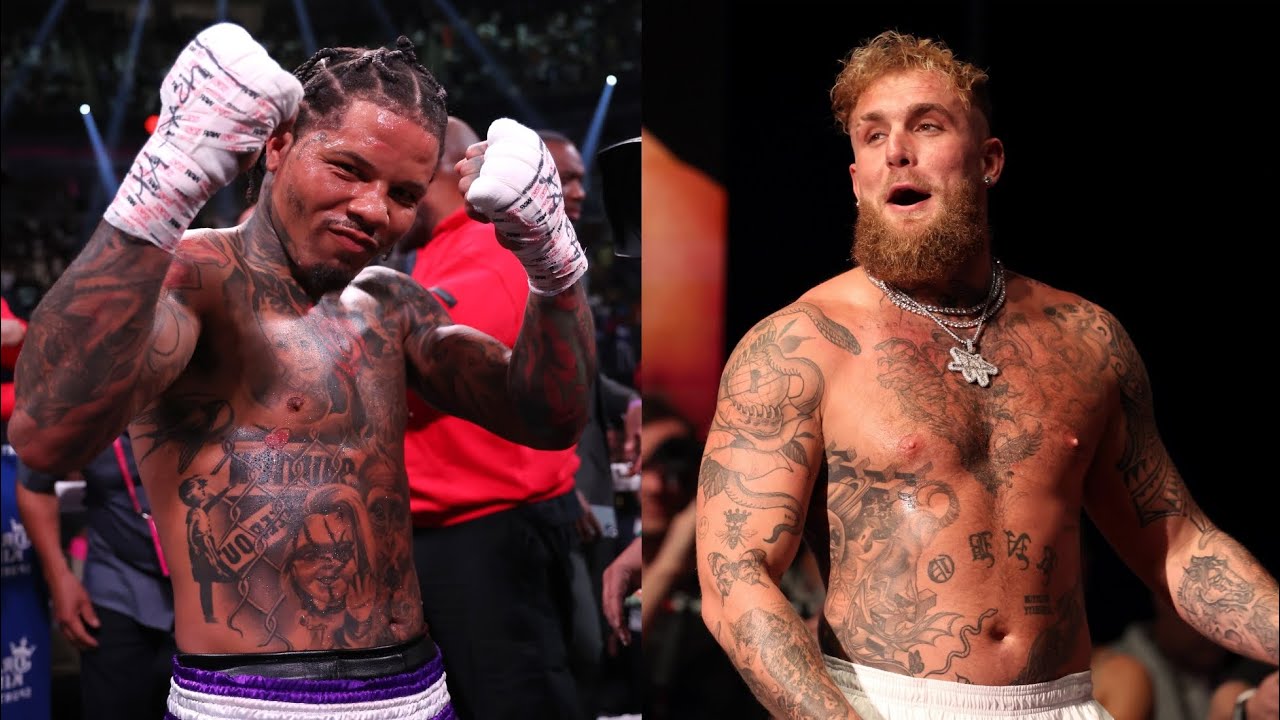In the unpredictable arena of modern combat sports, where spectacle often wrestles with traditional athleticism for prominence, an announcement recently dropped like a concussive blow: YouTube sensation-turned-prizefighter Jake Paul is slated to face reigning WBA lightweight champion Gervonta `Tank` Davis. Scheduled for November 14th at the Kaseya Center in Miami and streaming globally on Netflix, this matchup is less a simple boxing bout and more a cultural phenomenon, prompting questions that echo far beyond the ring.
The Genesis of an Unforeseen Spectacle
For those accustomed to boxing`s conventional narratives, this pairing seemed to materialize from thin air. Jake Paul, last seen battling at cruiserweight, was widely rumored to be eyeing a colossal heavyweight clash with former unified champion Anthony Joshua. Meanwhile, Gervonta Davis, a pugilistic artist known for his potent knockout power, was expected to settle an unresolved score in a rematch with Lamont Roach Jr. Yet, on August 20th, the boxing world received confirmation of a different path. Paul, with an ambitious `hit list` dating back to 2021, had long included Davis among his desired opponents. What was once a distant fantasy now stands as a concrete reality, a testament to Paul`s undeniable drawing power and Davis`s astute understanding of the financial rewards these crossover events promise.
The Cruiserweight and the Champion: A Matter of Mass
Perhaps the most striking aspect of this encounter is the monumental weight disparity. Gervonta Davis, a natural lightweight, typically competes at 135 pounds, having never tipped the scales beyond 140 pounds. Jake Paul, conversely, recently fought at nearly 200 pounds and has a career high of over 227 pounds. To bridge this chasm, the fight will be contested at a catchweight of 195 pounds. This is a staggering concession from Davis, who will be facing an opponent significantly larger than any he has encountered professionally. While Paul certainly possesses the reach advantage, one must ponder the sheer physics involved when a fighter accustomed to dominating men his own size steps in with someone who could theoretically out-mass him by up to 60 pounds on fight night. The negotiation for 12-ounce gloves and 10, three-minute rounds further underscores the tailored nature of this `exhibition`.
Exhibition or True Test? Defining the Stakes
Officially labeled an exhibition, this fight is far from a mere sparring session. Unlike typical exhibitions where no winner is declared, three judges will score the Paul-Davis bout, determining a victor should it go the distance. This crucial detail elevates the stakes considerably, particularly for Davis. A professional champion in his prime, a loss to a considerably larger “YouTube boxer” could cast a long shadow over his formidable career. For Paul, it`s an opportunity to cement his claims of boxing legitimacy. A convincing performance, especially a knockout, against a world champion would be an unparalleled validation. Conversely, being stopped by the much smaller Davis would undoubtedly derail any immediate aspirations of facing an elite heavyweight like Anthony Joshua.
Cashing In on the Crossover Phenomenon
The financial allure of such a contest is undeniable. Following the unprecedented success of Floyd Mayweather Jr. vs. Conor McGregor in 2017, the combat sports landscape has been forever altered. Crossover fights, once considered novelties, are now a recognized, highly lucrative segment of the industry. Both Paul and Davis are undeniable box office attractions. Paul`s Most Valuable Promotions, spearheading this event, clearly understands the immense audience reach that a Netflix-streamed spectacle will command. As legendary prizefighters often remind us, boxing is a business, and the “prize” is often the driving motivator. This bout is a prime example of both fighters maximizing their market value, embracing the intersection where traditional sport meets mainstream entertainment.
Ripple Effects: Beyond November 14th
The outcome of this November clash will reverberate significantly through both fighters` future trajectories:
- Jake Paul`s Heavyweight Ambitions: A potential 2026 showdown with Anthony Joshua has been a long-standing goal for Paul. A dominant win over Davis would lend significant credibility to this audacious plan. However, as Paul`s co-founder wisely noted, “If `Tank` knocks out Jake, I don`t know what the demand will be to see the potential of Joshua knocking out Jake.” Paul himself declared, with typical bravado: “First, I am going to kill David [Davis], then I will go on to slaughter Goliath [Joshua].”
- Gervonta Davis`s Championship Path: The rematch with Lamont Roach Jr., which was placed on hold for this Paul bout, remains a possibility for early 2026, assuming both fighters emerge victorious and unscathed from their upcoming engagements. For Davis, this exhibition is a high-reward, high-risk detour from his championship responsibilities, offering a massive payday but potentially jeopardizing his professional standing if he falters.
The Jake Paul vs. Gervonta Davis exhibition is more than just another fight; it’s a litmus test for the evolving face of professional boxing. It’s a bold statement about financial opportunity, cross-generational appeal, and the blurring lines between athletic competition and media spectacle. As the lights dim in Miami on November 14th, the boxing world will be watching, not just for the punches thrown, but for the implications this unlikely collision holds for the sport`s future.

